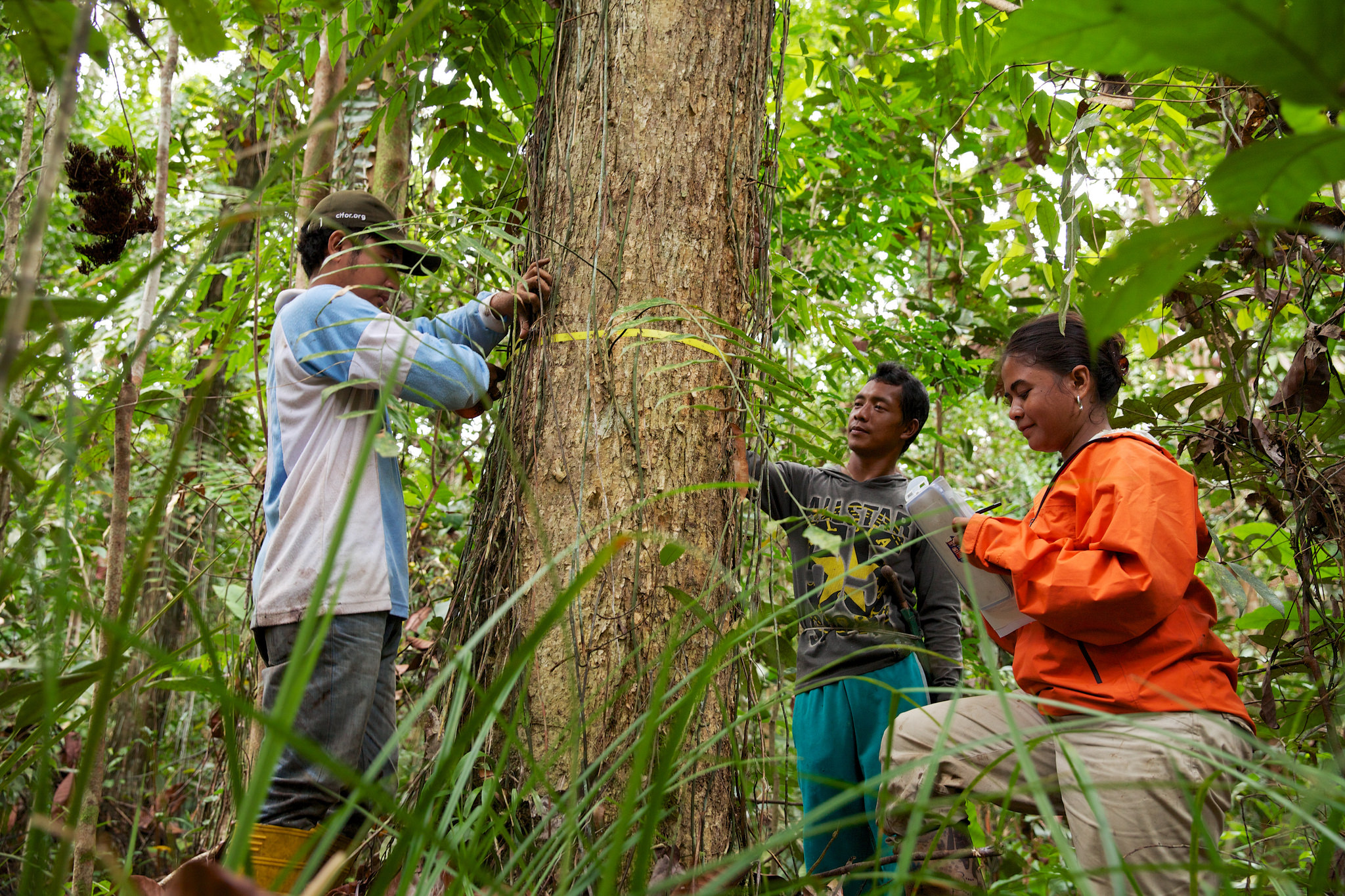To mark the Day’s fourth anniversary, Peter Holmgren, Director General of the Center for International Forestry Research (CIFOR) and Tony Simons, Director General of the World Agroforestry Centre (ICRAF), sit down together in a special three-part video interview series to discuss the challenges and opportunities that lie ahead for forests and for our planet.
In November 2012, the United Nations General Assembly proclaimed 21 March the International Day of Forests. The Day provides an annual platform to raise awareness on the importance of forests and trees and the myriad ways in which they sustain our livelihoods.
Below is a transcript of Part 1 in our special three-part TV interview series.
Part 1 discusses the contributions of forests and trees to the 2030 Agenda for Sustainable Development, as well as the interconnections between forests and water. Indeed, the theme of the 2016 International Day of Forests is “Forests and Water: Sustaining Life and Livelihoods.”
A conversation with the Directors General of two CGIAR centers
Part 1: How forests and trees contribute to the global development agenda
CIFOR and ICRAF are two of the 15 research centers that comprise CGIAR – the only worldwide partnership addressing agricultural research for development whose work contributes to the global effort to tackle poverty, hunger and environmental degradation.
Adinda Hasan, Communications Specialist for Asia, CIFOR
Good morning. I’m delighted to be joined today by Peter Holmgren, the Director General of the International Center for Forestry Research, CIFOR, and Tony Simons, the Director General of the World Agroforestry Center, also known as ICRAF.
Today we are marking the special occasion of the United Nations International Day of Forests. What is the state of the world’s forests? Should we be worried?
Peter Holmgren, Director-General, CIFOR
I think we should be grateful and delighted because forests and trees are contributing so much to the development that we need. More than one billion people get a big part of their incomes from the forests. A lot of the ecosystem services- the water we drink, sustaining agriculture, reducing hunger- a lot of this is happening through forests and trees.
Tony Simons, Director-General, World Agroforestry Center (ICRAF)
Often, we take forests and trees for granted. There are very few things that live longer than humans, and trees is one of those. Trees are the ultimate generational gift. And we don’t really value them until they’re gone.
So we have a net loss of trees at the moment and we’ve got to reverse that. And that will come about by better forest protection, better forest management, and planting programs that recognize the value and utility of those trees.
Hasan:
CIFOR has just launched its new ten-year strategy and I understand the World Agroforestry Center is doing the same. And both will have strong links to the new global development agenda. Why the linkage?
Holmgren:
The Rio Summit in 1992 defined a lot of things, particularly related to the environment- the three large environment conventions. We also have what is now the UN Forum on Forests.
And CIFOR was created in the same spirit with a lot of focus on the environmental issues of forests. But since then, CIFOR has worked in a broader fashion. Looking at the policy arena, looking at the governance and the issues related to people and forests.
This is really the spirit by which we are now launching our new strategy where we are aligning ourselves to not one, not six, but all of the sustainable development goals that the United Nations member countries agreed to.
Simons:
As Peter said, the contribution to the CGIAR’s three high-level goals of poverty reduction, reducing hunger and reducing environmental degradation are fundamental to the thread and aims of both of our institutes.
And here, the 100 million people that are going to be lifted out of poverty, the 150 million people that are going to be reduced in hunger, and the 190 million hectares of degraded land that will be restored by 2030 from the efforts of the CGIAR- CIFOR and ICRAF contribute substantially to all of those.
And what we’re going to see now is a much more focused direction on that impact.
Holmgren:
We have the opportunity now to bring forestry into the full sustainable development framework. If you just take one of the goals in the Sustainable Development framework: water. Forest and trees are essential for managing the planet’s water.
Probably the most important forest product in Jakarta is safe drinking water, which is harvested in the forests outside Bogor where we are sitting right now on CIFOR’s campus.
We want you to share Forests News content, which is licensed under Creative Commons Attribution-NonCommercial-ShareAlike 4.0 International (CC BY-NC-SA 4.0). This means you are free to redistribute our material for non-commercial purposes. All we ask is that you give Forests News appropriate credit and link to the original Forests News content, indicate if changes were made, and distribute your contributions under the same Creative Commons license. You must notify Forests News if you repost, reprint or reuse our materials by contacting forestsnews@cifor-icraf.org.
